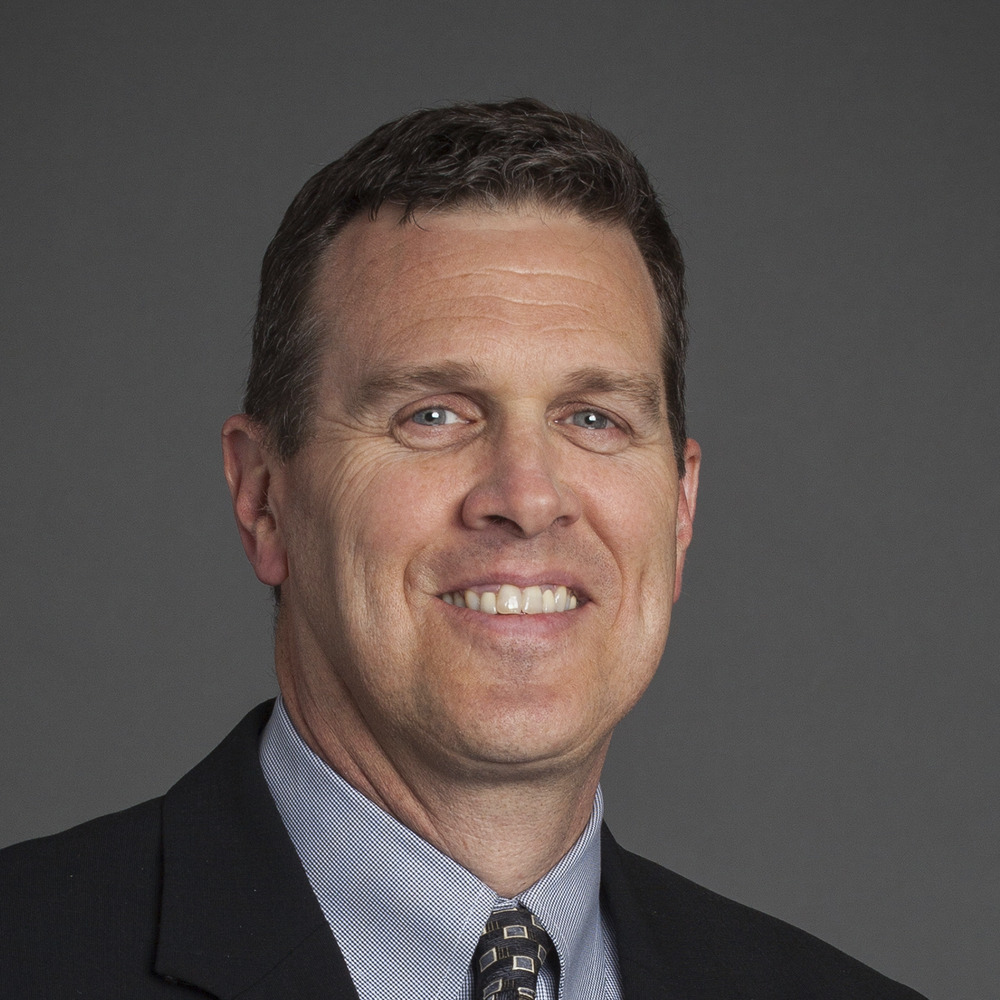Distributed Energy Resources
- Home
- Services
- Electric Power Generation
- Distributed Energy Resources
- Water
- Design-Build for Water & Wastewater Infrastructure
- Green Infrastructure
- Industrial Water & Wastewater
- Master Planning for Water & Wastewater Utilities
- Municipal Water & Wastewater
- Smart Infrastructure
- Wastewater & Stormwater Collection
- Water & Wastewater Program Management
- Water Supply & Distribution
- Transportation
- Telecommunications
- Industrial, Manufacturing & Optimization
- Mining Infrastructure
- Federal & Military
- Environmental
- Electric Power Generation
- Electrical Transmission & Distribution
- Aviation
- Architecture
- Commissioning
- Construction
- Buildings
- Oil, Gas & Chemicals
- Program Management
- Water
- Design-Build for Water & Wastewater Infrastructure
- Green Infrastructure
- Industrial Water & Wastewater
- Master Planning for Water & Wastewater Utilities
- Municipal Water & Wastewater
- Smart Infrastructure
- Wastewater & Stormwater Collection
- Water & Wastewater Program Management
- Water Supply & Distribution
- Transportation
- Telecommunications
- Industrial, Manufacturing & Optimization
- Mining Infrastructure
- Federal & Military
- Environmental
- Electric Power Generation
- Electrical Transmission & Distribution
- Aviation
- Architecture
- Commissioning
- Construction
- Buildings
- Oil, Gas & Chemicals
- Program Management
Distributed energy resources (DER) — including wind turbines, solar photovoltaics, energy storage and other behind-the-meter generation sources — are increasingly common elements in power portfolios. DER strategies can include on-site power facilities, energy storage, renewable generation and microgrids.
Why DER Is Important in the Power Industry
Efficiency, reliability, power quality and load balancing are important objectives in the power industry. Incorporating distributed generation and related DER elements can give operators greater flexibility and strong options to attain those objectives. These resources also address the challenging interdependency of water and energy systems, boosting efficiencies and minimizing systemic strain.
Why Burns & McDonnell?
We provide planning, design, construction and startup consulting for DER systems in campus settings and on industrial sites. By thoroughly evaluating the unique factors affecting a given site, we can help determine the most effective and advantageous implementation, and we can identify and resolve the complexities that come with integrating DER into your existing operations. Our professionals develop utility master plans that take a holistic approach to planning for your systems’ future, reducing operating costs and mitigating risks over the long term.
In partnership with 1898 & Co., our business, technology and security consultancy, our team includes economic and financial analysts as well as power supply planners to address the potential impacts on ratepayers, communities and system loads.
